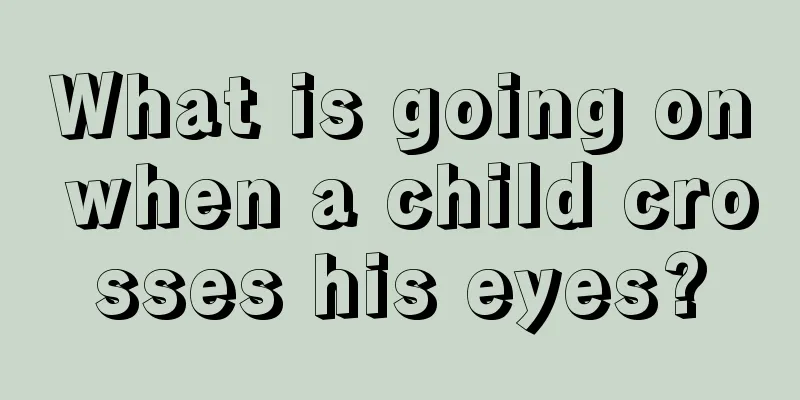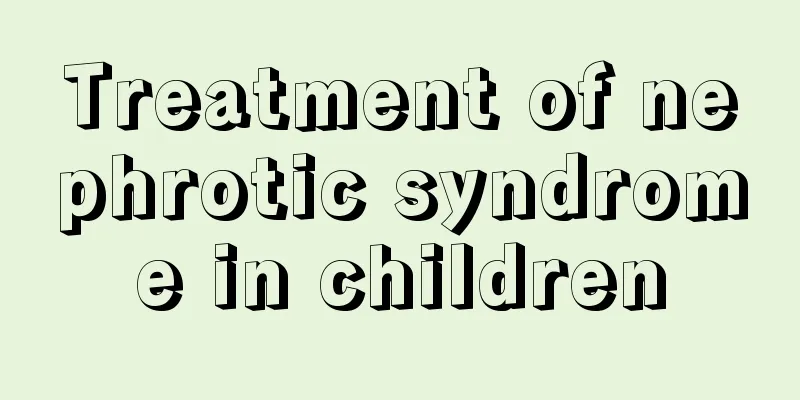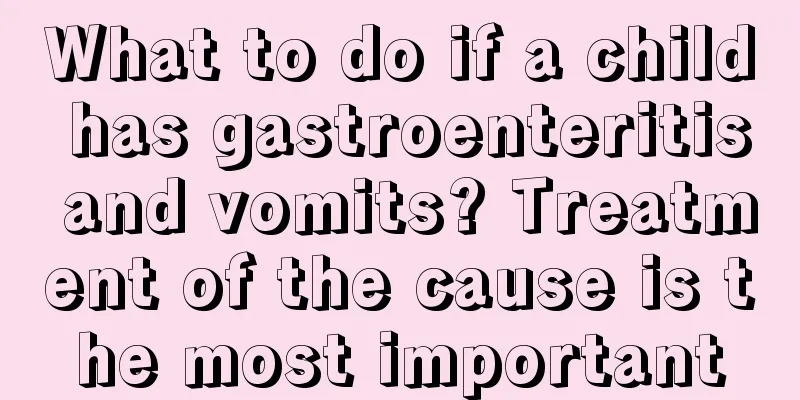What is going on when a child crosses his eyes?

|
Cross-eyes, also known as strabismus, refers to the condition in which the eyes become amblyopic due to some carelessness in life even when the vision is well developed. It will have a great impact on children's vision, so it can be diagnosed and treated with some medications in normal times, and the cause of the strabismus must be found. It is recommended to treat it as early as possible, but it is not recommended to have surgery too early.
treat 1. Concomitant strabismus Correct existing refractive errors and promote good vision development. Treat amblyopia, perform orthoptic training, and surgery can be used to treat strabismus that cannot be corrected after wearing glasses for half a year. The surgery is mainly to adjust the imbalance between muscles, weaken the stronger muscles and strengthen the weaker muscles. 2. Paralytic strabismus 1. Treat the causes: trauma, inflammation, tumors and hypertension. 2. Drug treatment: Vitamin B1, vitamin B12 and ATP, glucocorticoids and antibiotics are effective for neuritis and myositis. Botulinum toxin A injection into the medial rectus muscle can treat acute abducens nerve palsy or medial rectus muscle spasm. For strabismus with a degree less than 10 prisms, a moderate prism can be used. 3. Surgical treatment can be considered after the cause has been eliminated and the paralyzed muscle has stopped progressing for 6 months. Clinical manifestations 1. Concomitant strabismus 1. The eye axes are not parallel, one eye is deviated, and the angle of deviation in each direction is equal. 2. Cover the healthy eye and the eye movement is basically normal. 3. The primary strabismus angle is equal to the secondary strabismus angle; there is no diplopia or compensatory head position. 4. Often accompanied by refractive error and amblyopia. 2. Non-communicative strabismus (paralytic strabismus) 1. Eye movement is restricted, one or several extraocular muscles are restricted, and the visual axis deviates to the opposite side of the normal direction of action of the paralyzed muscle. The second oblique angle is greater than the first oblique angle. 1. Compensatory head position (ocular torticollis), the compensatory head position disappears if one eye is covered. 2. Diplopia and dizziness may be accompanied by nausea, vomiting and other symptoms. The symptoms will disappear by covering one eye. |
<<: What's wrong with the child shaking his head?
>>: Reasons why children cry at night
Recommend
Ways to enhance your child's immunity
The weather is cold in winter and the temperature...
What to do if your 11-month-old baby has indigestion
Babies aged eleven months can already eat some co...
What to do if your baby has gastrointestinal infection
For children, the most common symptom after gastr...
These methods are effective in treating high muscle tension in babies
Every mother is extremely concerned about the hea...
Will a child suffering from purpura have kidney damage when he grows up?
Although some diseases often occur in children, t...
What to do if your child has hunchback?
Hunchback has become a disease common among the e...
What to do if the baby does not sleep during the day or at night
The sleep quality of the baby will also affect th...
What to do with myopia in children? Several common treatment methods
Parents of today's children usually do not pa...
At what age can children eat Cordyceps sinensis?
As we all know, Cordyceps sinensis is a tradition...
What are some quick tips for treating children’s cough?
Coughing is a common symptom in children. Because...
What is the reason why my baby has a white hair?
The birth of a newborn brings a lot of happiness ...
How long does it take for the rash to reappear after the fever subsides?
Roseola infantum usually develops rapidly, and mo...
2-year-old baby cries and says it hurts when he pees
A 2-year-old baby cries and says it hurts when he...
Why do children shake their heads unconsciously?
For young couples, having a child is the most des...
How to treat chin eczema in children
Children are in the process of growing up and are...









